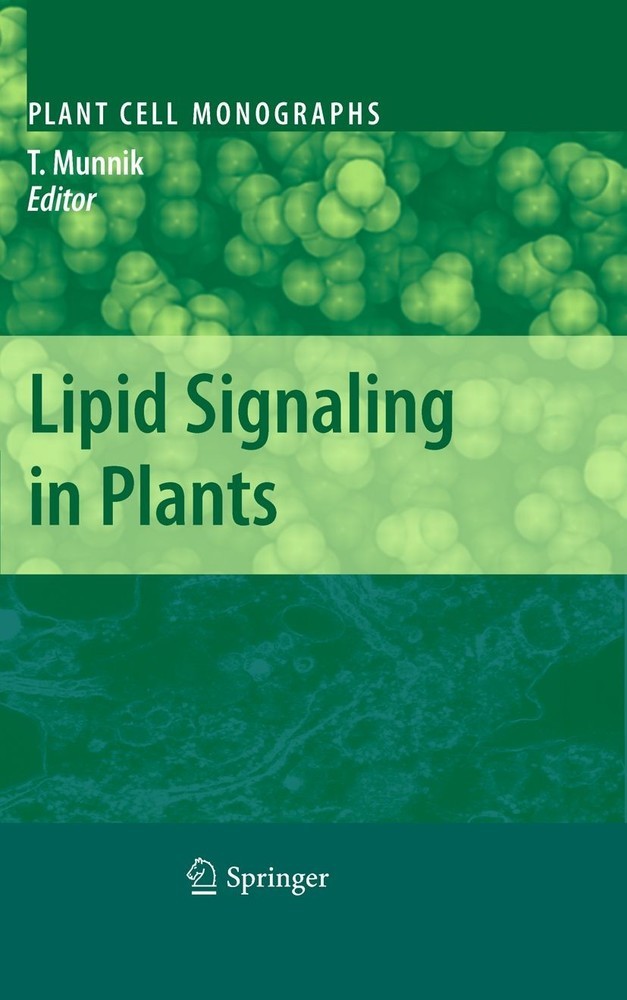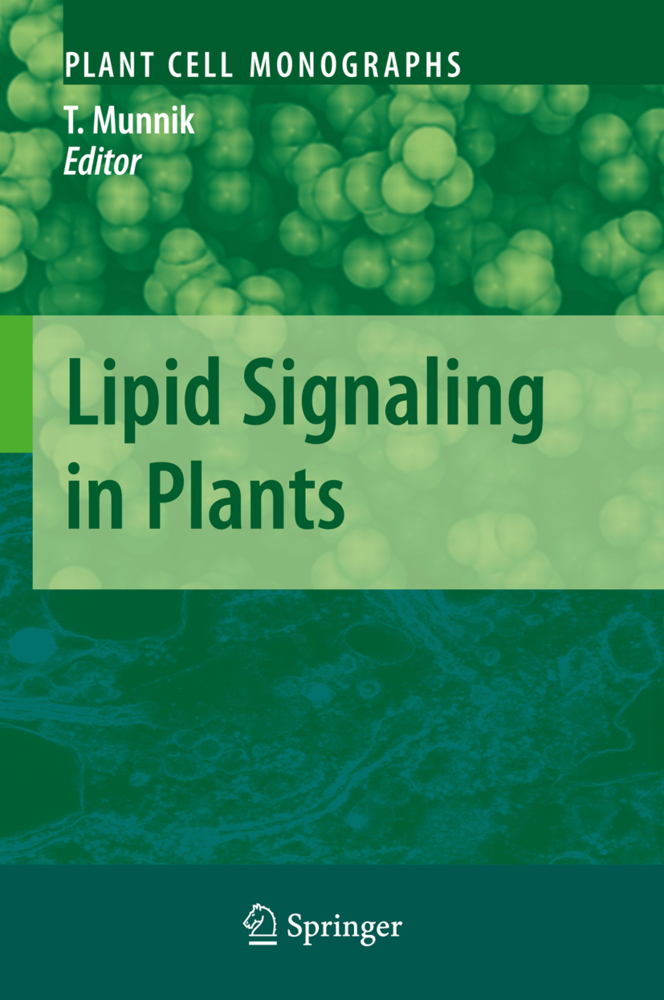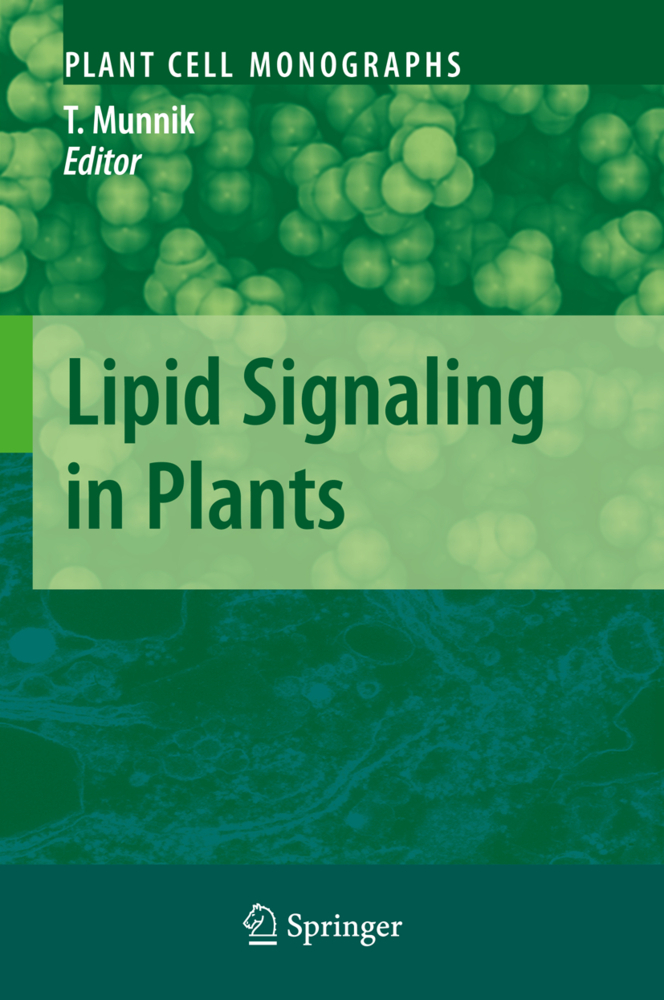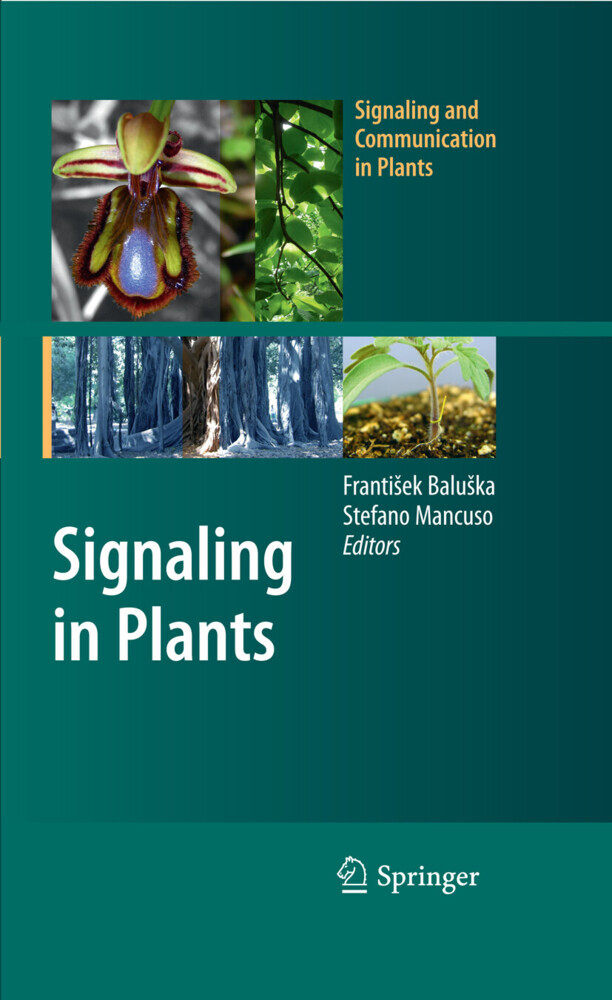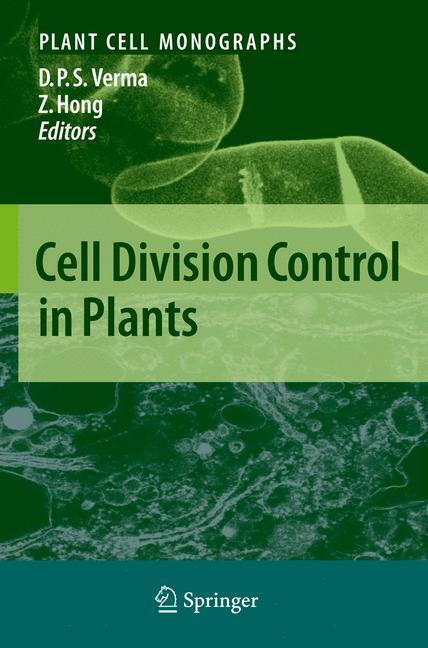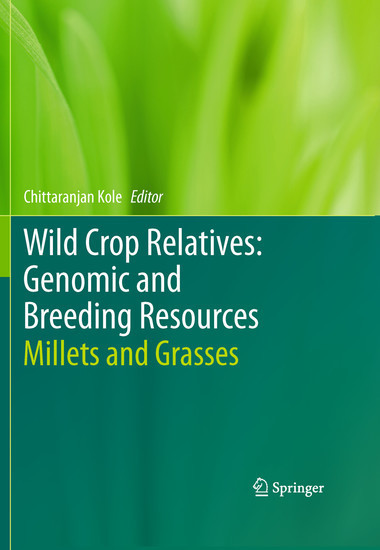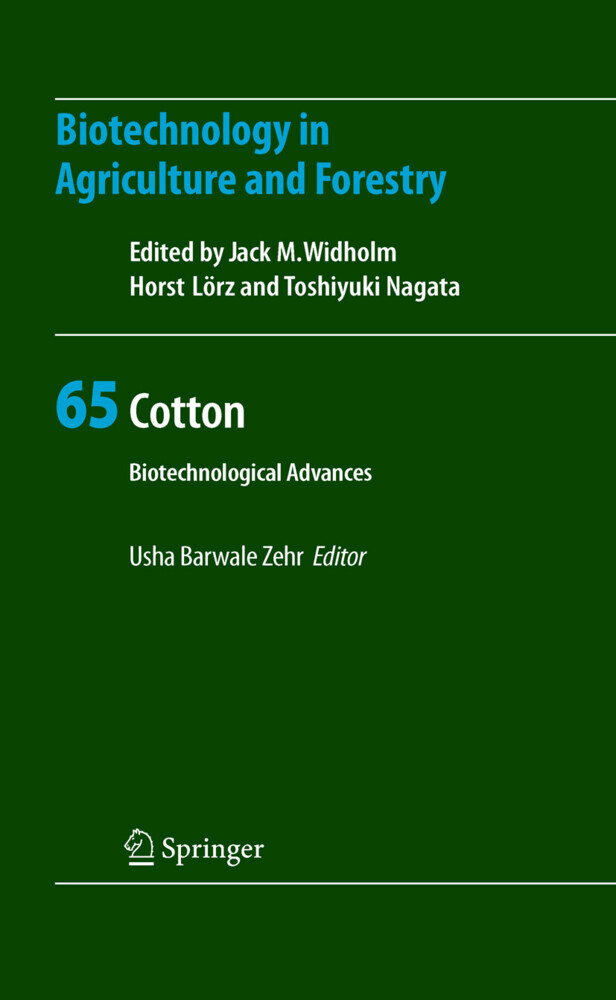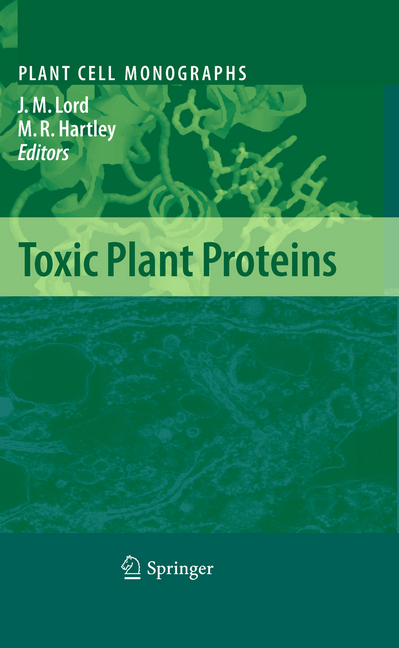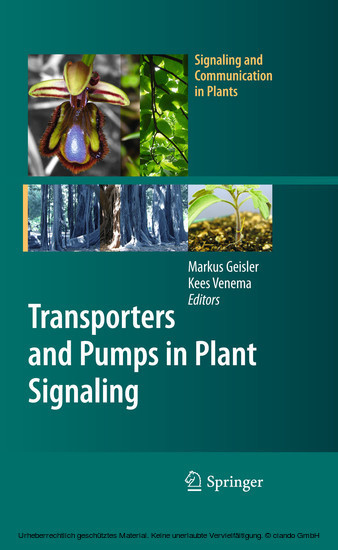Lipid Signaling in Plants
Lipid Signaling in Plants
This book highlights the current status of plant lipid signaling. Written by leading researchers in the field, the chapters include detailed information on the measurement, regulation and function of phospholipases, lipid kinases, lipid phosphatases, inositolpolyphosphates, polyphosphoinositides, phosphatidic acid, and additional lipid signals, e.g. oxylipins, NAPE and sphingolipids. Together, it represents a timely and comprehensive update of the rapidly expanding field of lipid signaling in plant stress and development.
2;177667_1_En_Part1_Chapter_OnlinePDF;16 2.1;Part I: Phospholipases;16 3;177667_1_En_1_Chapter_OnlinePDF;17 3.1;Phospholipase A in Plant Signal Transduction;17 3.1.1;Structure and Function of sPLA2sPLA2 in Plants;18 3.1.2;Animal cPLA2 as Role Model for Signal Transduction;19 3.1.3;Structure and Function of pPLA2PLA2pPLA2s in Plants;20 3.1.3.1;Structure and Enzymatic Properties of pPLA2PLA2patatinpPLA2structure and properties;20 3.1.3.2;Function of pPLA2 in Auxinauxin Signal Transduction;22 3.1.3.3;Function of pPLA2 in Pathogen Defencepathogen defencepPLA2 Signaling;25 3.1.4;Plant PLA1PLA1;28 3.1.5;Biological Activities of Free Fatty Acids and Lysolipids, the Hydrolysis Products of pPLA2pPLA2;28 3.1.6;References;30 4;177667_1_En_2_Chapter_OnlinePDF;37 4.1;The Emerging Roles of Phospholipase C in Plant Growth and Development;37 4.1.1;Introduction;37 4.1.2;Phospholipase C in Plants;38 4.1.2.1;Phosphatidylcholine-Cleaving Phospholipase C;38 4.1.2.2;Phosphoinositide-Specific Phospholipase C (PI-PLCPI-PLC);41 4.1.3;Roles of PI-PLCs in Plants;42 4.1.3.1;The Molecular Role of PI-PLC: Insights from Pollen Tube Growthpollen Tube GrowthPLC;43 4.1.4;Conclusions and Perspectives;47 4.1.5;References;48 5;177667_1_En_3_Chapter_OnlinePDF;52 5.1;Plant Phospholipase D;52 5.1.1;Introduction;52 5.1.2;The Expanding PLDPLDgene architecturePLDdomain structure Family and Domain Structures;53 5.1.3;Different Biochemical Properties and Activity Regulation Among PLDPLDactivityPLDbiochemical propertiess;55 5.1.4;PLDPLDregulation Interaction with and Regulation by Proteins;57 5.1.5;Subcellular Distribution and Expression Patterns;58 5.1.6;Cellular and Physiological Functions;60 5.1.6.1;PLDPLDseed germinationPLDABA and PAPAABA in ABAABAPLD Effects on Stomatal MovementsStomatal MovementsPLDStomatal MovementsPA a;60 5.1.6.2;PLDPLDauxin in AuxinAuxinPLD Transport and Growth Responses;63 5.1.6.3;PLDPLDethylene in Ethylene and Cytokinin Response;64 5.1.6.4;PLDPLDplant defence in Plant-Pathogen InteractionsPlant-Pathogen InteractionsDGKPlant-Pathogen InteractionsPLDPlant-Pat;64 5.1.6.5;Different Roles of PLDPLDfreezing tolerances in Freezing TolerancePlant-Pathogen InteractionsDGKPlant-Pathogen InteractionsPLD;65 5.1.6.6;PLDPLDPi starvations in Plant Response to Phosphorus Deficiency;67 5.1.6.7;PLDPLDsalt stresss in Plant Response to SaltSalt stressPLD and Hyperosmotic Stressosmotic StressPLD;67 5.1.7;Multiple Functions of PLDPLDbiotechnology and Implications in Biotechnology;68 5.1.8;Perspectives;69 5.1.9;References;70 6;177667_1_En_Part2_Chapter_OnlinePDF;76 6.1;Part II: Kinases;76 7;177667_1_En_4_Chapter_OnlinePDF;77 7.1;Phosphatidylinositol 4-PhosphatePhosphatidylinositol 4-Phosphate (PtdIns4P) is Required for Tip GrowthTip Growth in Arabidopsi;77 7.1.1;Introduction;77 7.1.1.1;PPIs in Membrane Trafficking;77 7.1.1.2;PtdIns4PPtdIns4Pmetabolism Metabolism;78 7.1.2;The PI4K Family in A. thaliana;78 7.1.2.1;AtPI4Kbeta-Group Members are Required for Tip GrowthTip GrowthPI4K;81 7.1.3;PtdIns4PPtdIns4Pphosphatases Phosphatases in A. thaliana;82 7.1.4;Imaging PtdIns4PPtdIns4Pimaging in Tip-Growing Cellslipid biosensors;84 7.1.5;References;86 8;177667_1_En_5_Chapter_OnlinePDF;90 8.1;PIP-KinasePIP-kinases as Key Regulators of Plant Function;90 8.1.1;Phosphatidylinositol-Bisphosphates and Their Function in Eukaryotic Cells;90 8.1.2;PIP-Kinases Generate Regulatory Phosphatidylinositol-Bisphosphates;91 8.1.3;PIP-KinasePIP-kinasegene family Arabidopsis Gene Families in Arabidopsis thaliana;93 8.1.3.1;Type I PIP-Kinases;93 8.1.3.2;Type II PIP-Kinases;95 8.1.3.3;Type III PIP-Kinases;95 8.1.4;PIP-KinasePIP-kinasegene expressions Have Distinct Organ-Specific Expression Patterns;96 8.1.5;Physiological Functions of PIP-KinasePIP-kinasephysiological functionss;96 8.1.5.1;PIP-KinasePIP-kinaseguard cell functions and Guard Cellguard cellPIPK Function;96 8.1.5.2;PIP-Kinases, Cell Polarity and Polar Growth of Plant Cells;97 8.1.6;PIP-Kinases and Their Signaling Environment;98 8.1.6.1
Munnik, Teun
| ISBN | 9783642038730 |
|---|---|
| Artikelnummer | 9783642038730 |
| Medientyp | E-Book - PDF |
| Auflage | 2. Aufl. |
| Copyrightjahr | 2009 |
| Verlag | Springer-Verlag |
| Umfang | 330 Seiten |
| Sprache | Englisch |
| Kopierschutz | Digitales Wasserzeichen |

